Submitted by WA Contents
Danish Pavilion installs a cyclic water system connecting visitors with water at Venice Biennale
Italy Architecture News - May 20, 2021 - 16:37 6533 views
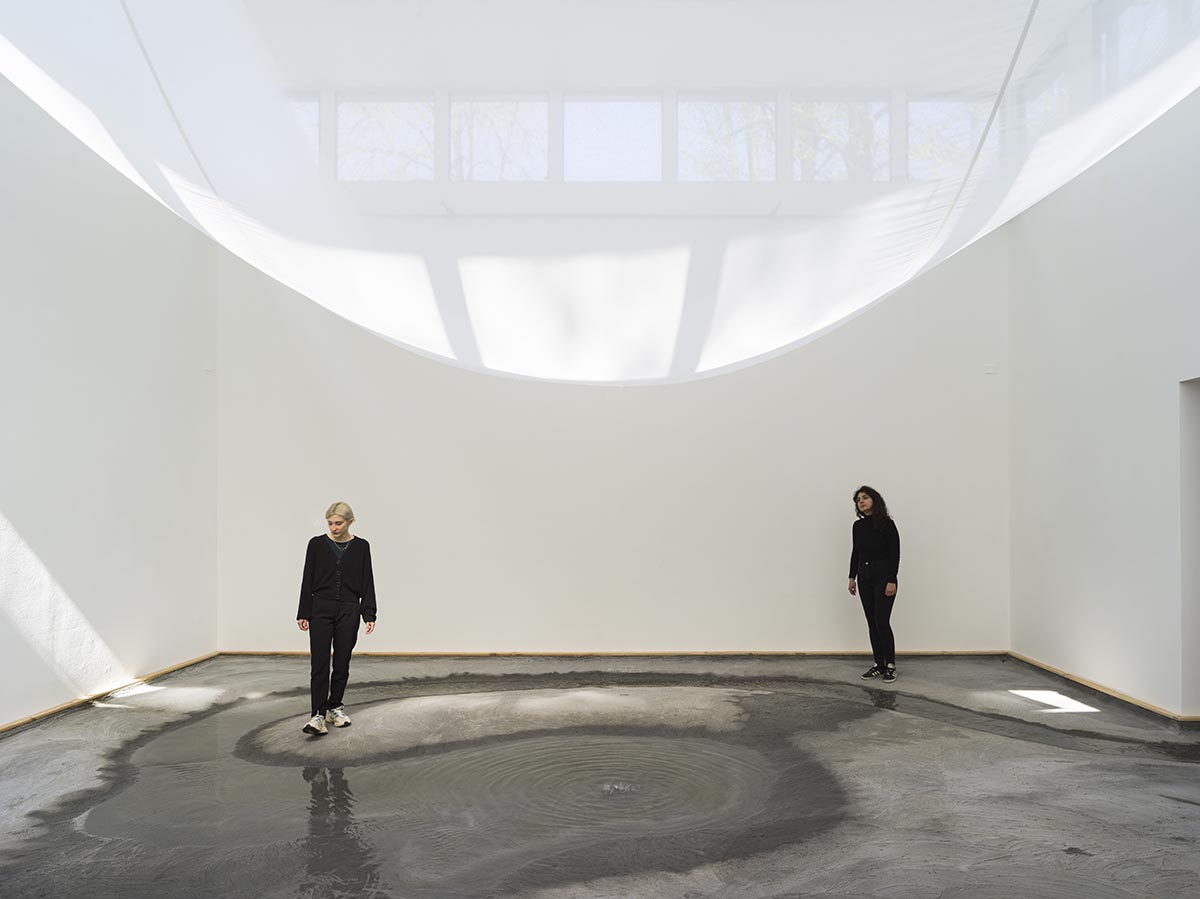
The Danish Pavilion has installed a cyclic water system that connects visitors with water to remind people the Earth’s elements at the 2021 Venice Architecture Biennale which opens its doors on May 22 in Venice, Italy.
The exhibition, themed as Con-nect-ed-ness, is curated by Lundgaard & Tranberg Architects and curator Marianne Krogh and the architects transformed inside the Danish Pavilion with an immersive cyclic system that runs throughout the building and the water collection tanks outside, the pipes are visible by visitors.
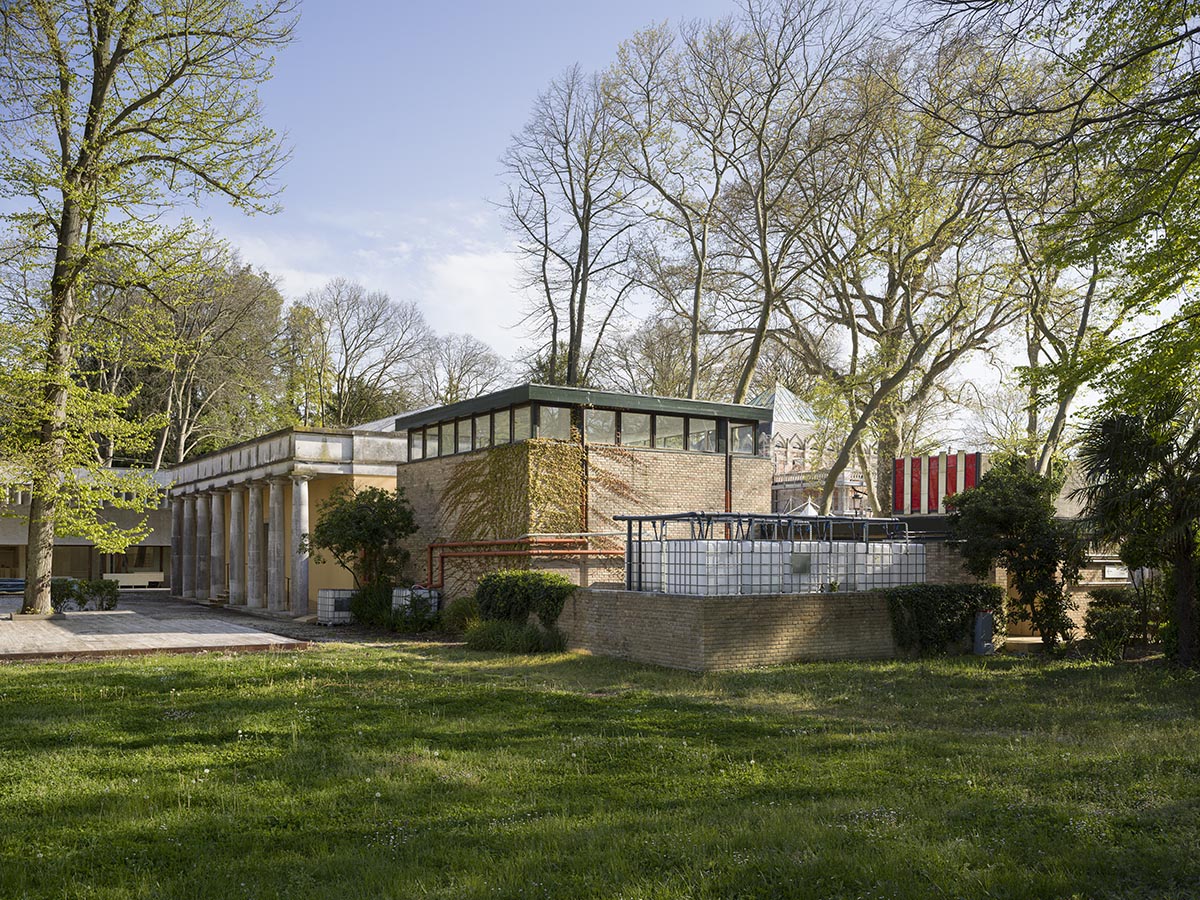
Taking the "water" as the core of this system, the site-specific exhibition caters to all the senses of humans.
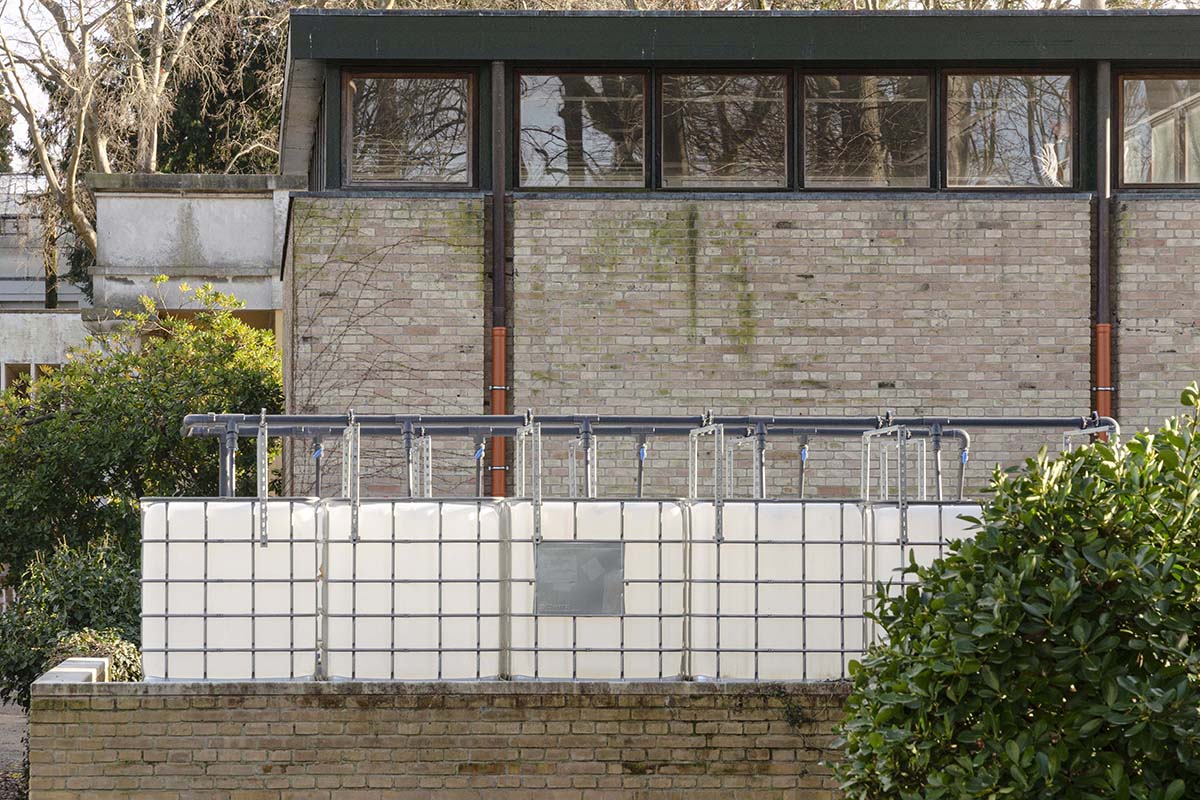
Image © Luca Delise
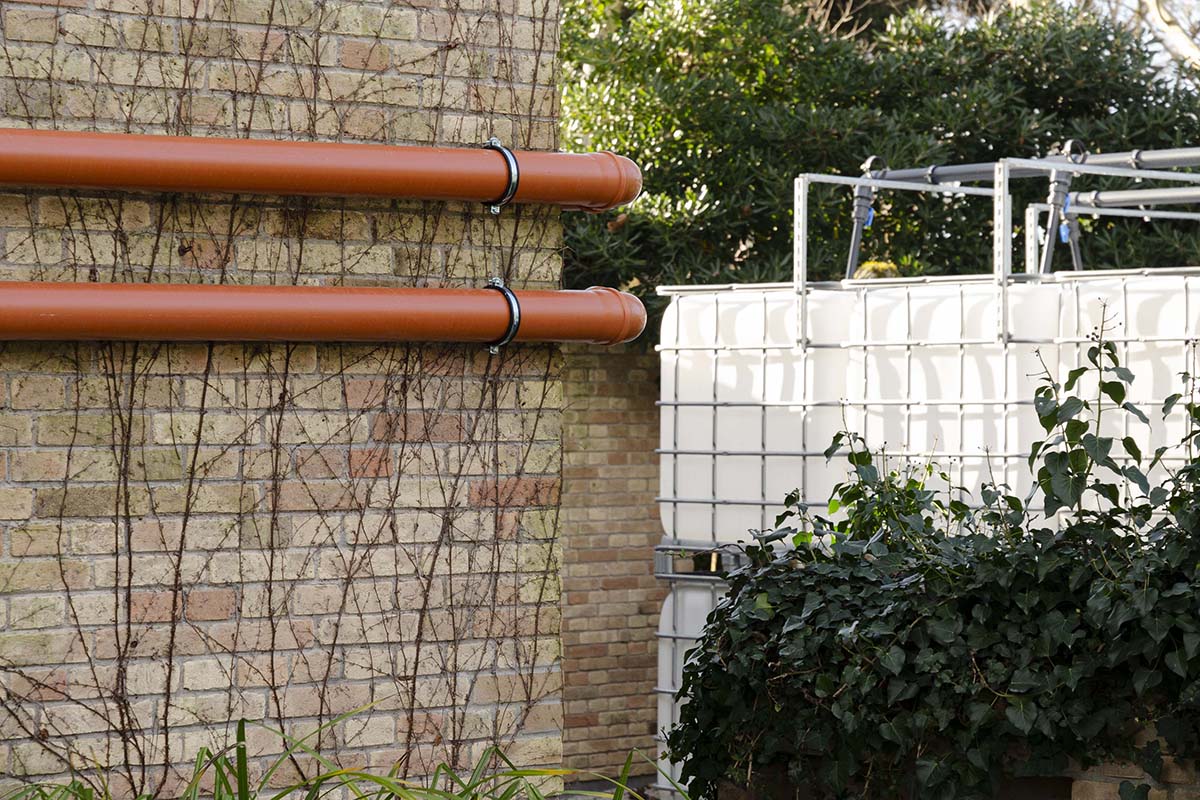
Image © Luca Delise
In response to Hashim Sarkis' theme, "How will we live together?” at the 2021 Venice Architecture Biennale, the Danish Pavilion reminds us of how architecture as an art form can render the invisible visible and evoke an indelible sense of connection between people and the Earth’s elements.
"Con-nect-ed-ness" focuses on people’s connection with each other and with nature, in a total installation consisting of a giant cyclic system of water collected locally in Venice," according to the team.
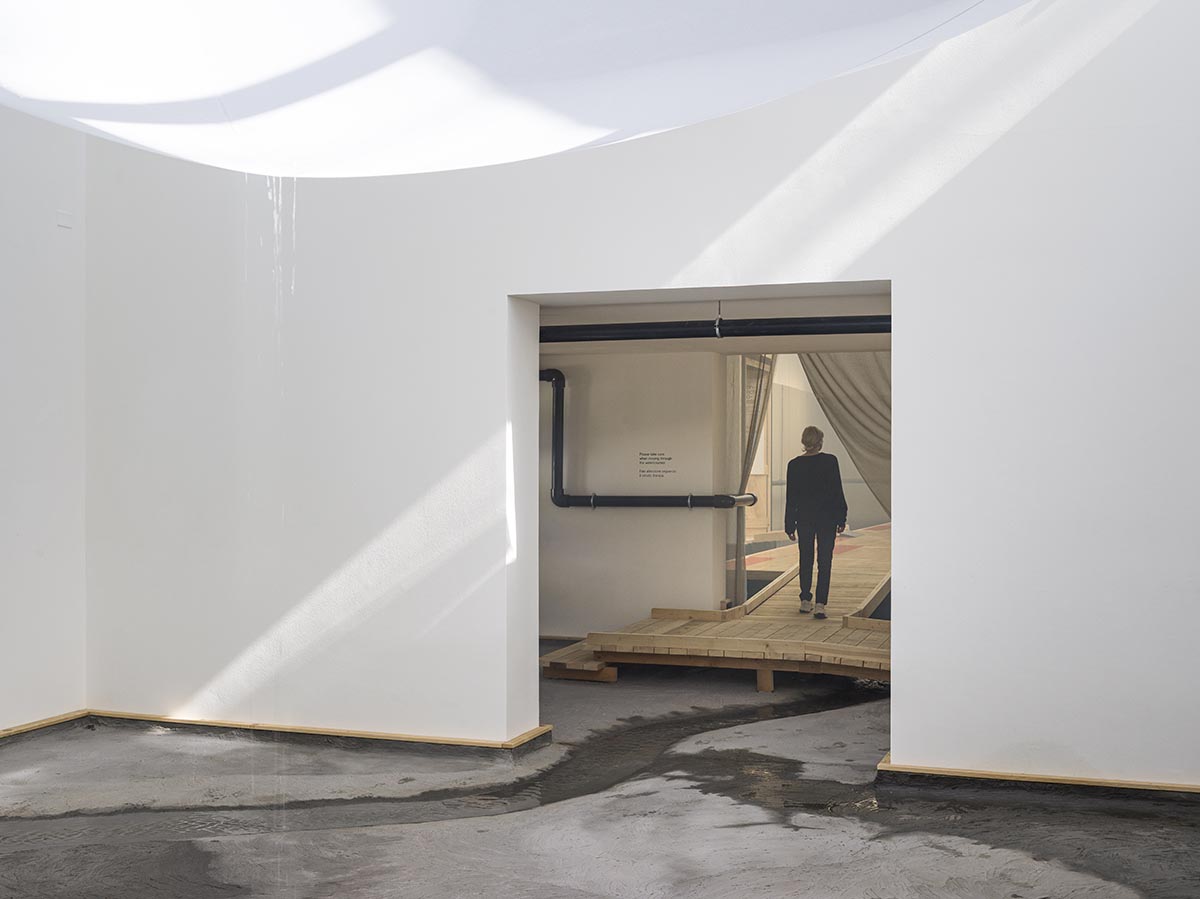
"We are living in a time where we clearly experience the climate-related consequences of people having divided the world into separate units for centuries, without understanding that our actions have consequences many thousands of miles away," said Marianne Krogh, curator of the Danish Pavilion.
"For better and for worse, with the current pandemic as a disturbing example."
"The aim of the Danish Pavilion is to create a space for a new experience of cohesion; where, with their own bodies, visitors can feel the connectedness between us all," Krogh added.
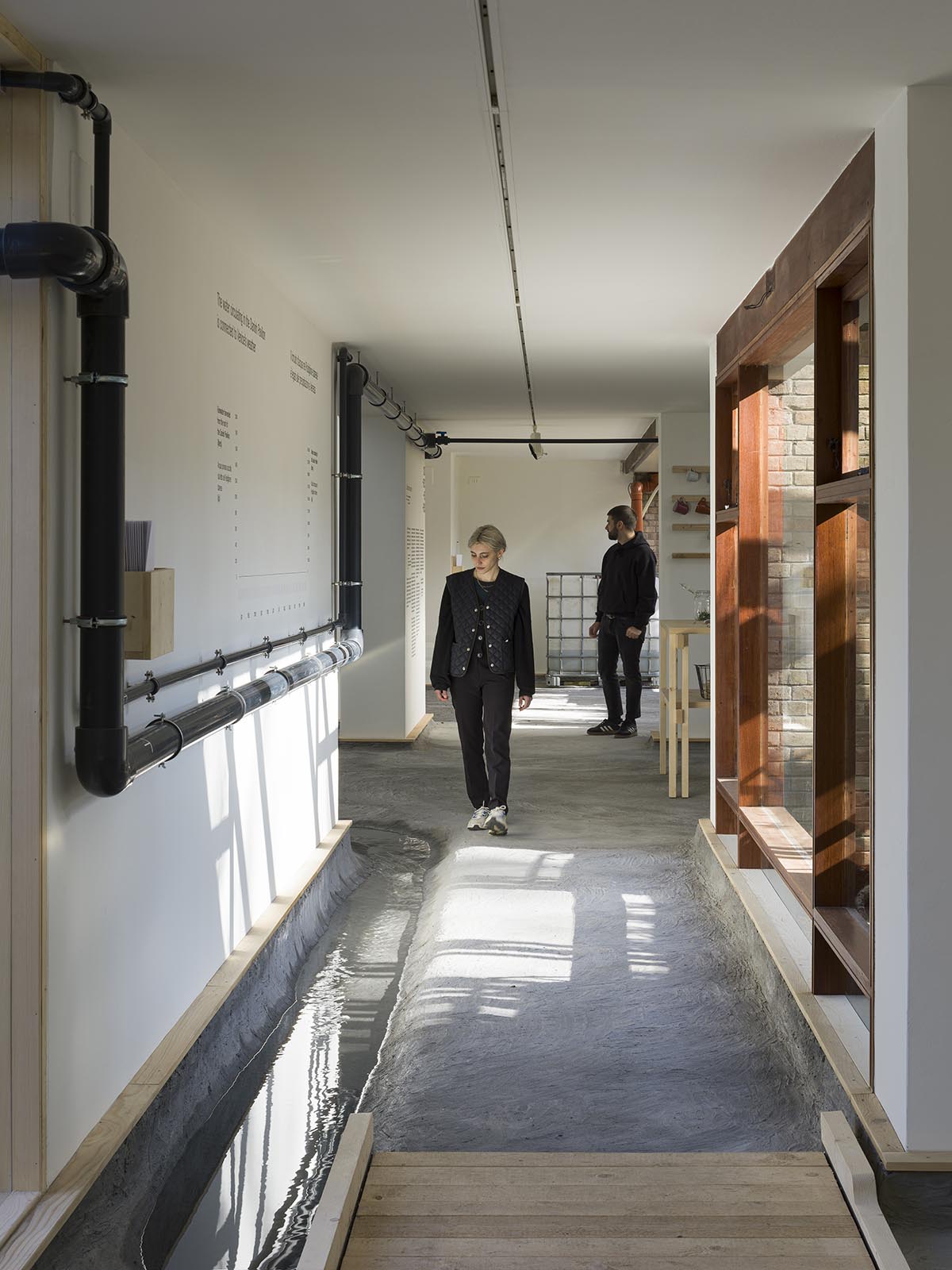
"We believe that, through our senses, we can begin to understand ourselves in a larger context," added Marianne Krogh.
This is the first step toward taking responsibility, both in our approach to the planet and to each other," Krogh continued.
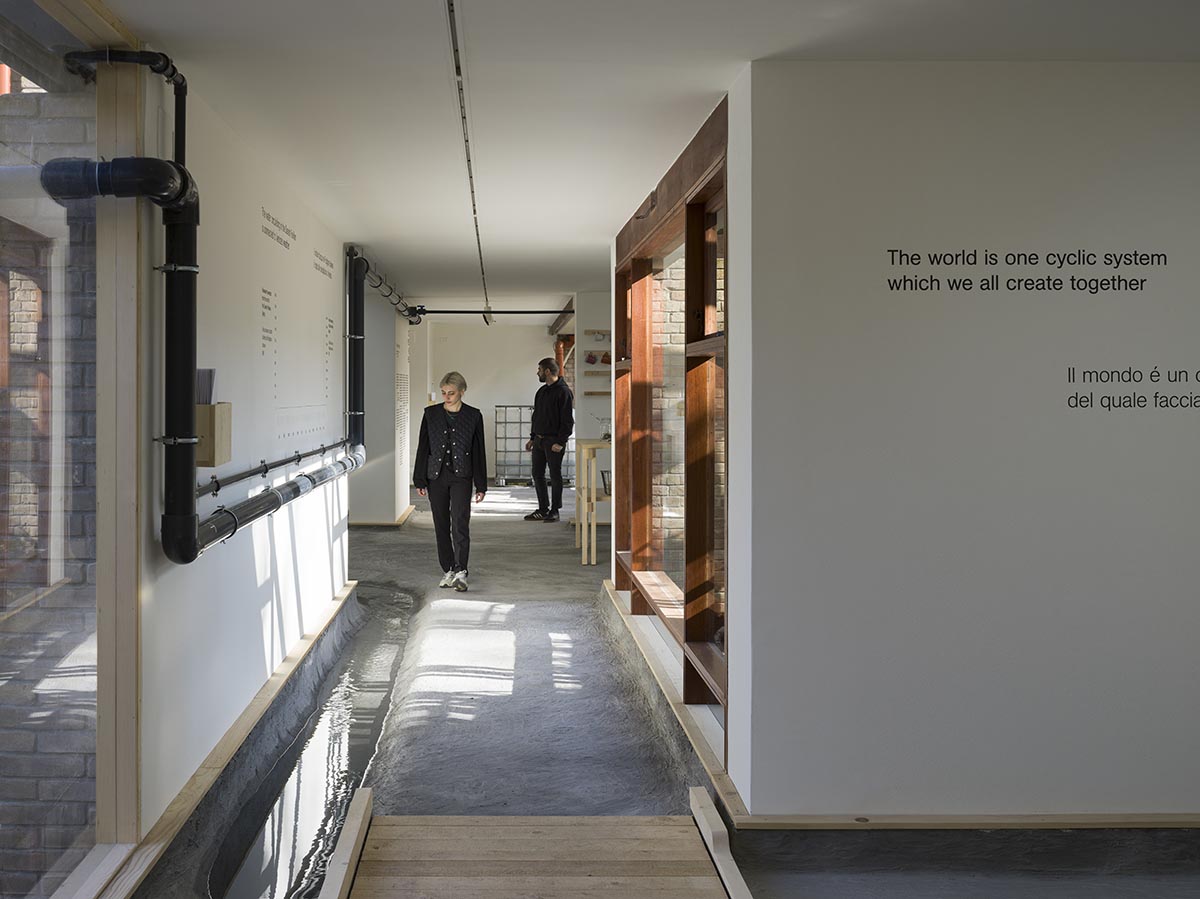
The team stated that "as part of the artistic and architectural approach, the existing architecture of the two pavilions is an integrated part of the exhibition."
In the pavilion’s large hall, floor-to-ceiling textiles add a contrast and tactility to the simple raw structures, while a recycled floor from a former gymnasium has been transformed into a giant floating platform.
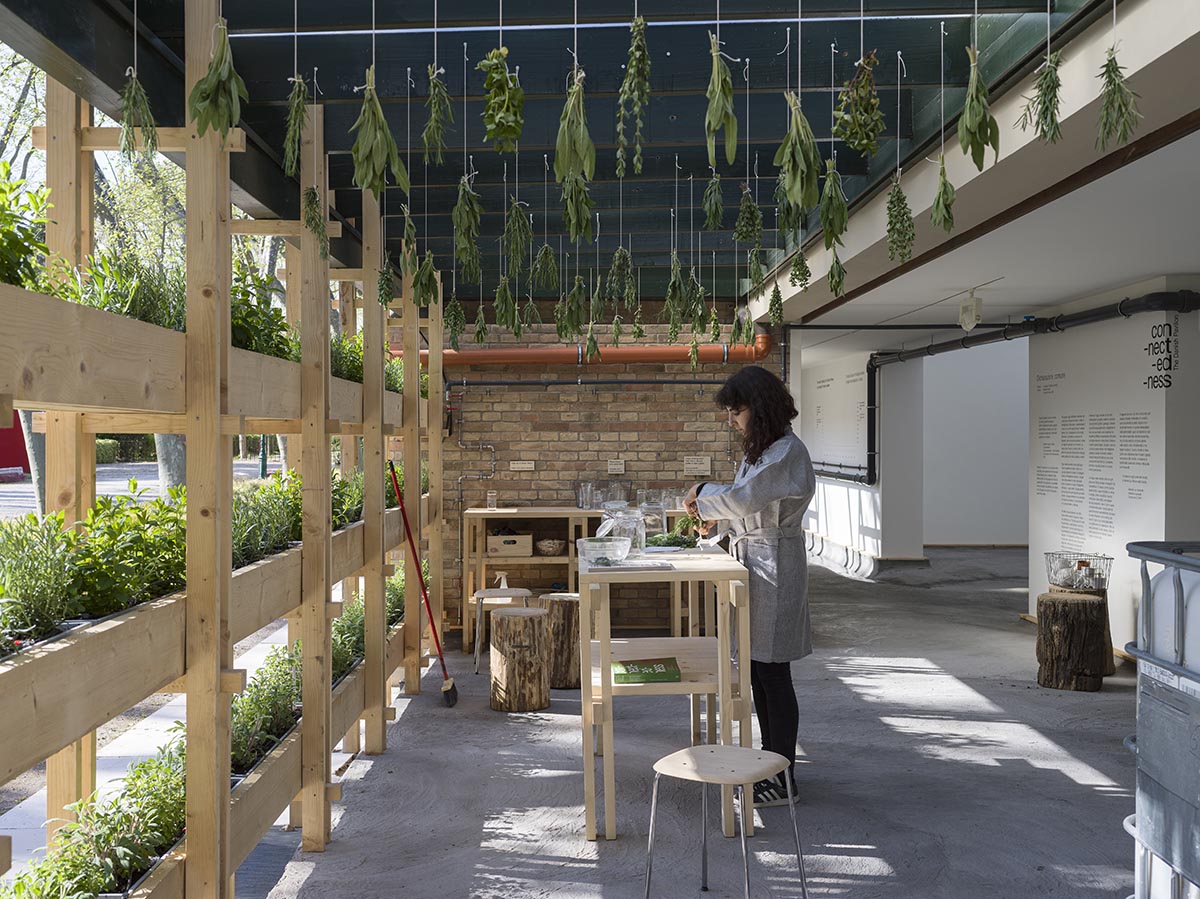
Visitors can drink a cup of tea brewed with leaves from the lemon verbena trees planted in the pavilion. Plants have grown by using the collected rainwater.
While exploring the various spaces of the exhibition, visitors walk through and they can become part of the cyclic system by drinking a cup of tea brewed with leaves from the lemon verbena trees planted in the pavilion – trees which also absorb water from the extensive cyclic system.
The exhibition mainly asks the question: "How can we (re)create a new, meaningful relationship with the world as a place where we recognize the fundamental condition that we are connected – not just with each other, but with all living beings?."
"The dependence between humans and Earth as the basis for a sustainable future for all is illustrated by linking the pavilion’s installation directly to the planet’s own cyclic system," the team added.

The exhibition experience comes out in the encounter between the visitor, the building and the surroundings, where the power of water’s cyclic system continuously shapes the sensory experience.
As the core element of the pavilion, water is collected on site, and climatic fluctuations continuously shape the look and feel of the exhibition.
As it is noted in the project description, for example, "parts of the pavilion will be flooded to illustrate that water is at once life-giving, poetic, powerful and uncontrollable."

The work comprises connected rooms where the water flows in, becomes part of the exhibition and sensory experience, and then leaves the pavilion again, through bodies, evaporation, photosynthesis, and absorption into the ground.
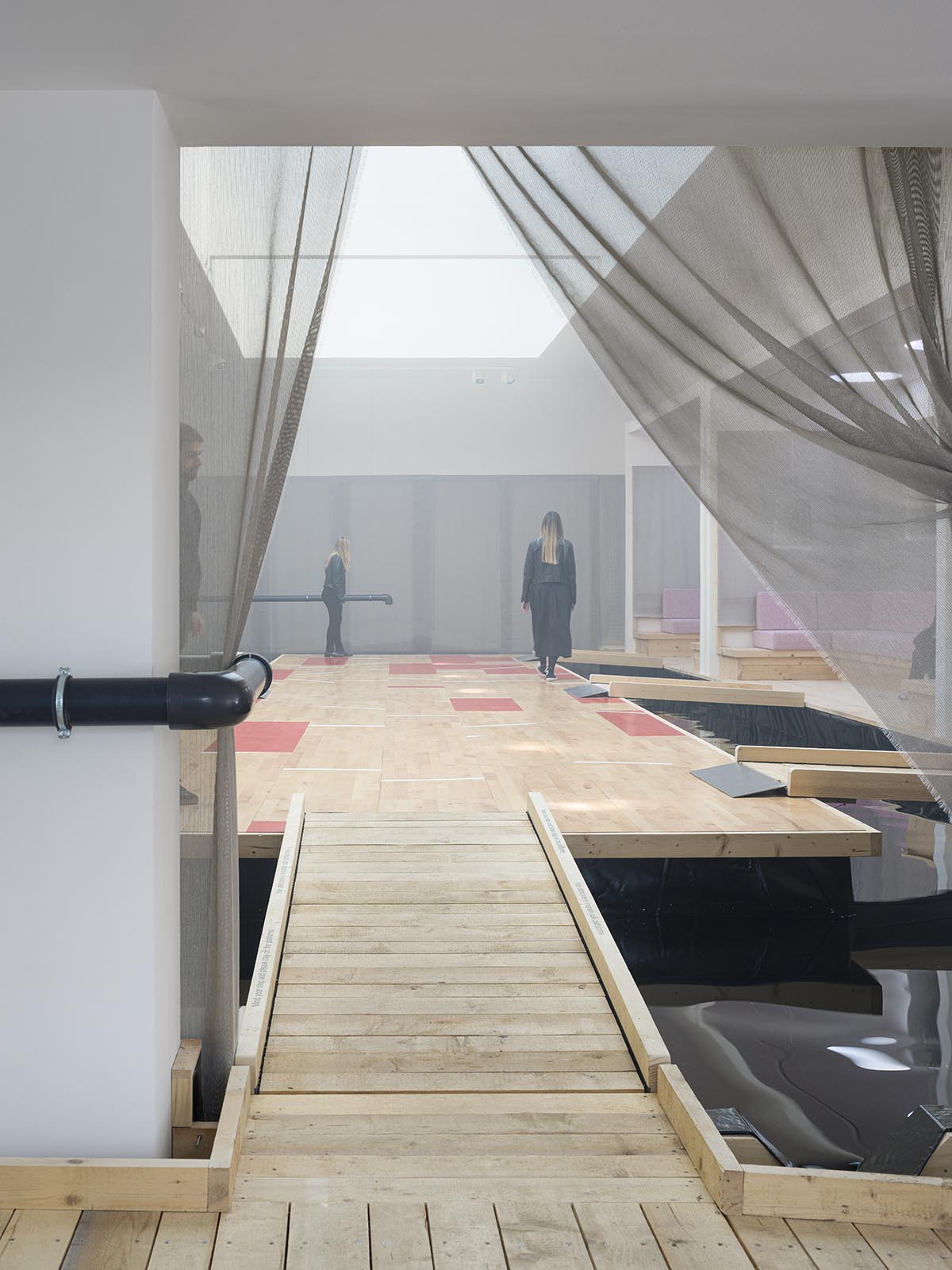
"As architects, we try to provide answers to how people can live together. We work on the precondition that architecture always stands in relation to nature," said Lene Tranberg, co-founding partner and architect at Lundgaard & Tranberg Architects.
"In the pavilion, we have sought to make a cyclic system visible, which helps us begin to understand ourselves as part of something bigger."
"In the best-case scenario, the exhibition can help to make clear that we are all connected and live in reciprocity," Tranberg added.
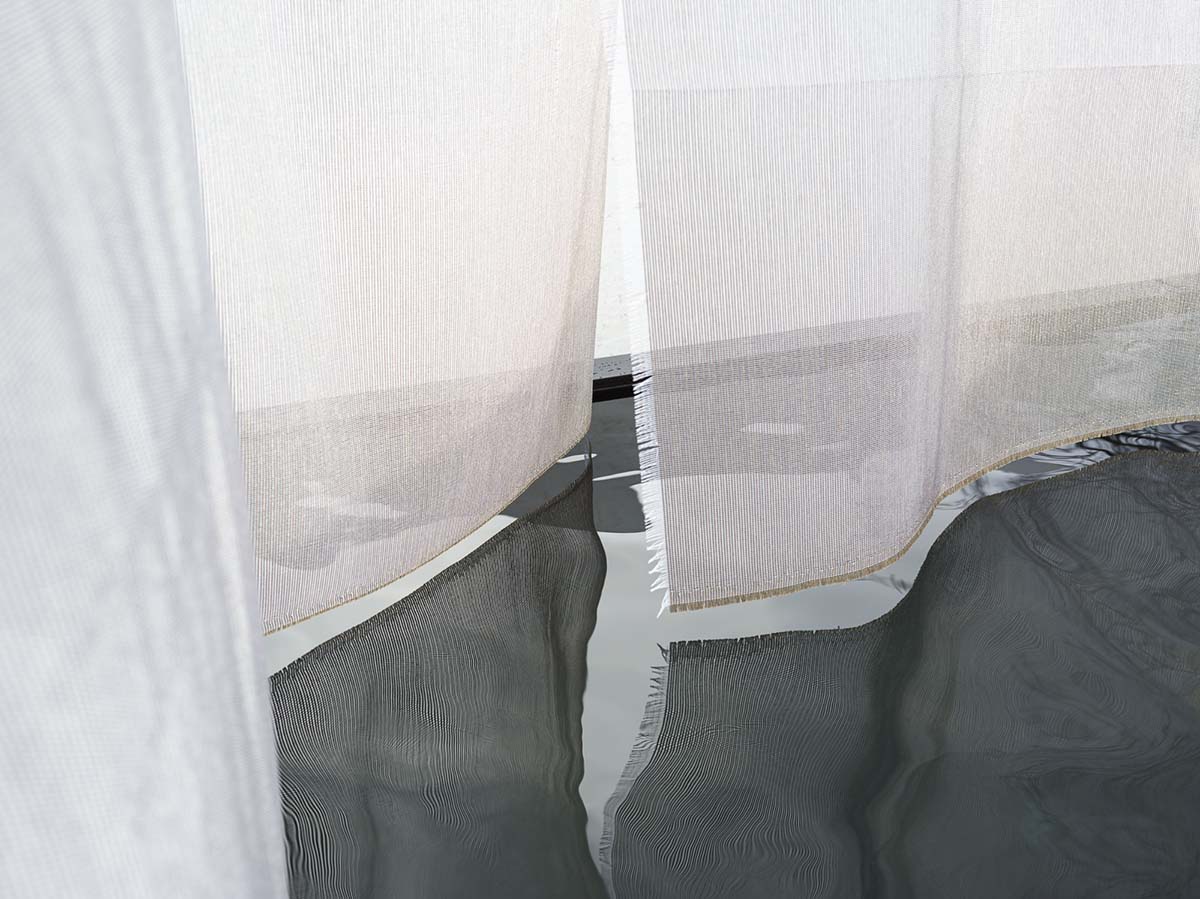
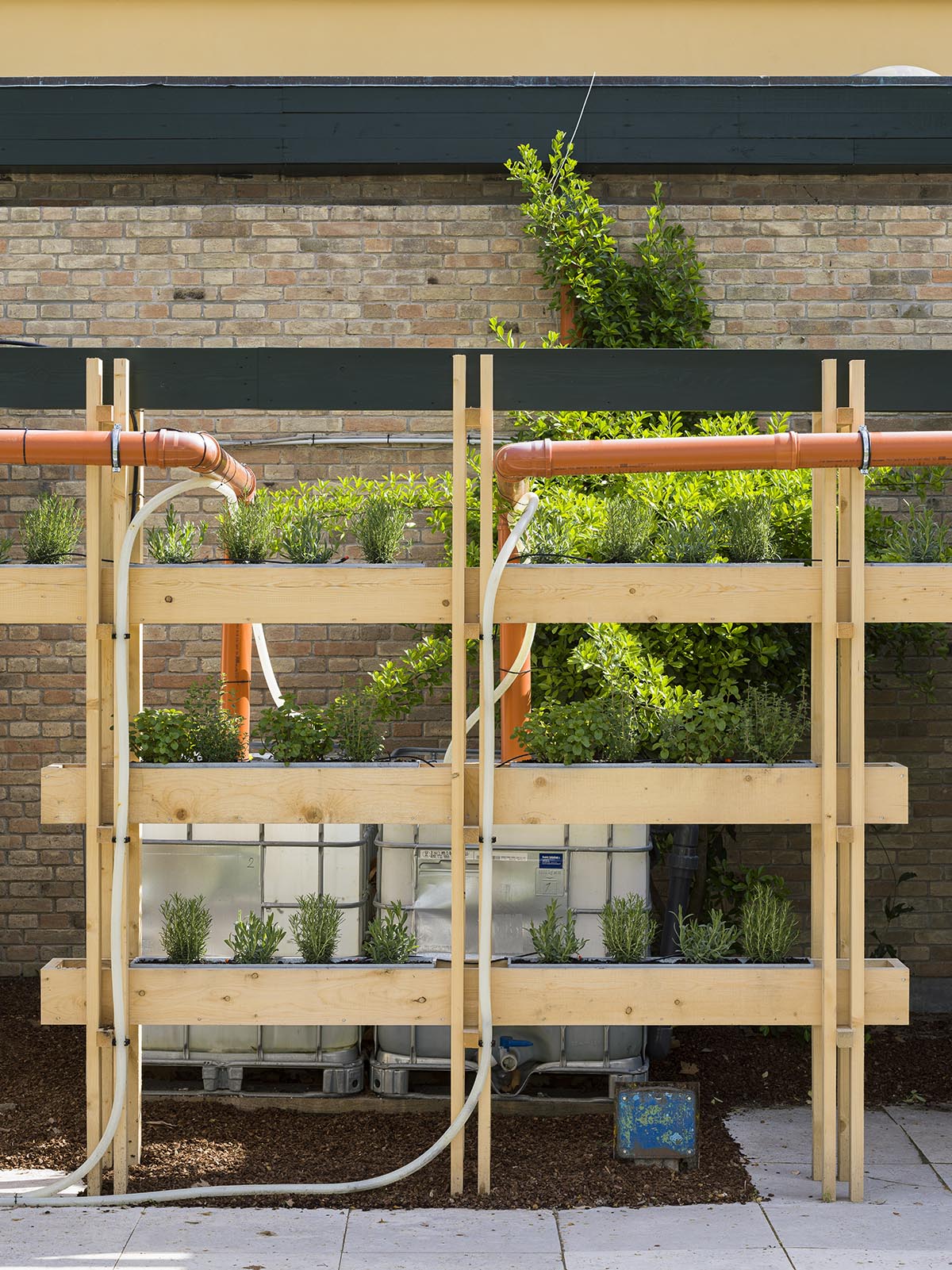
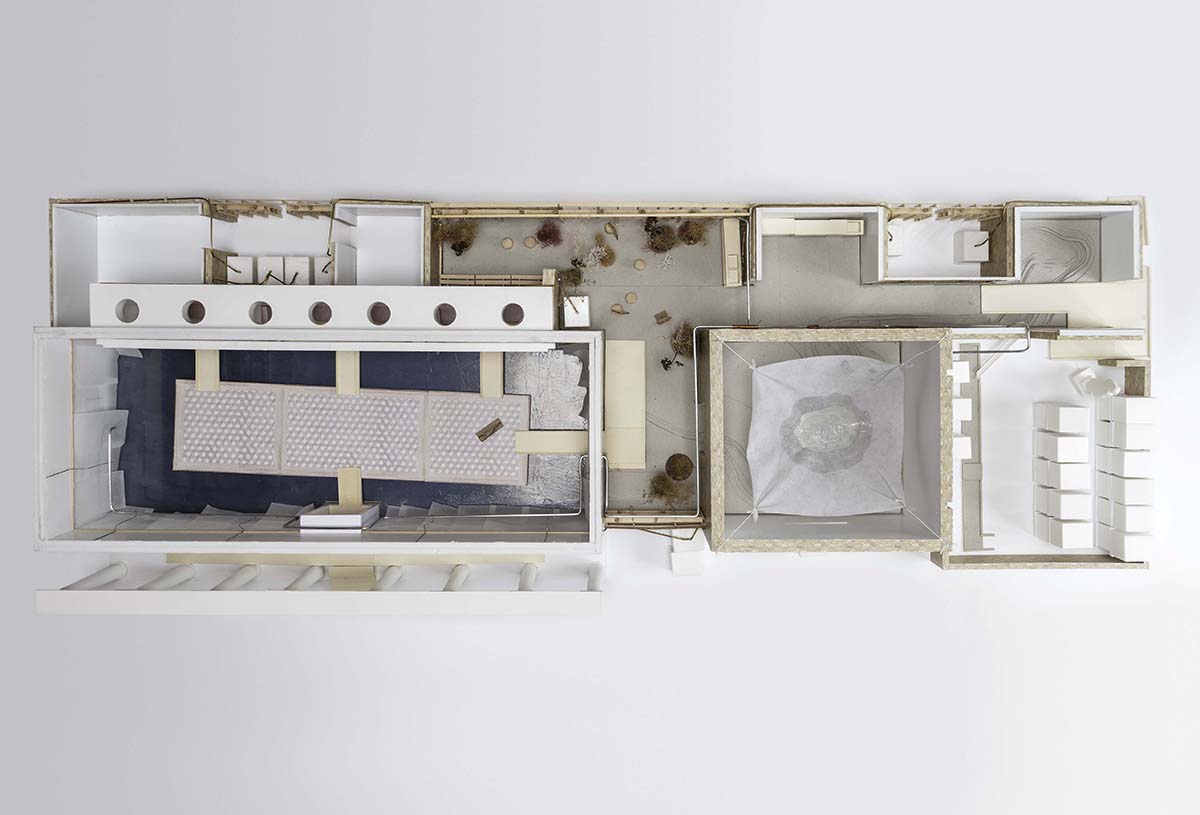
Image © Lundgaard & Tranberg Architects
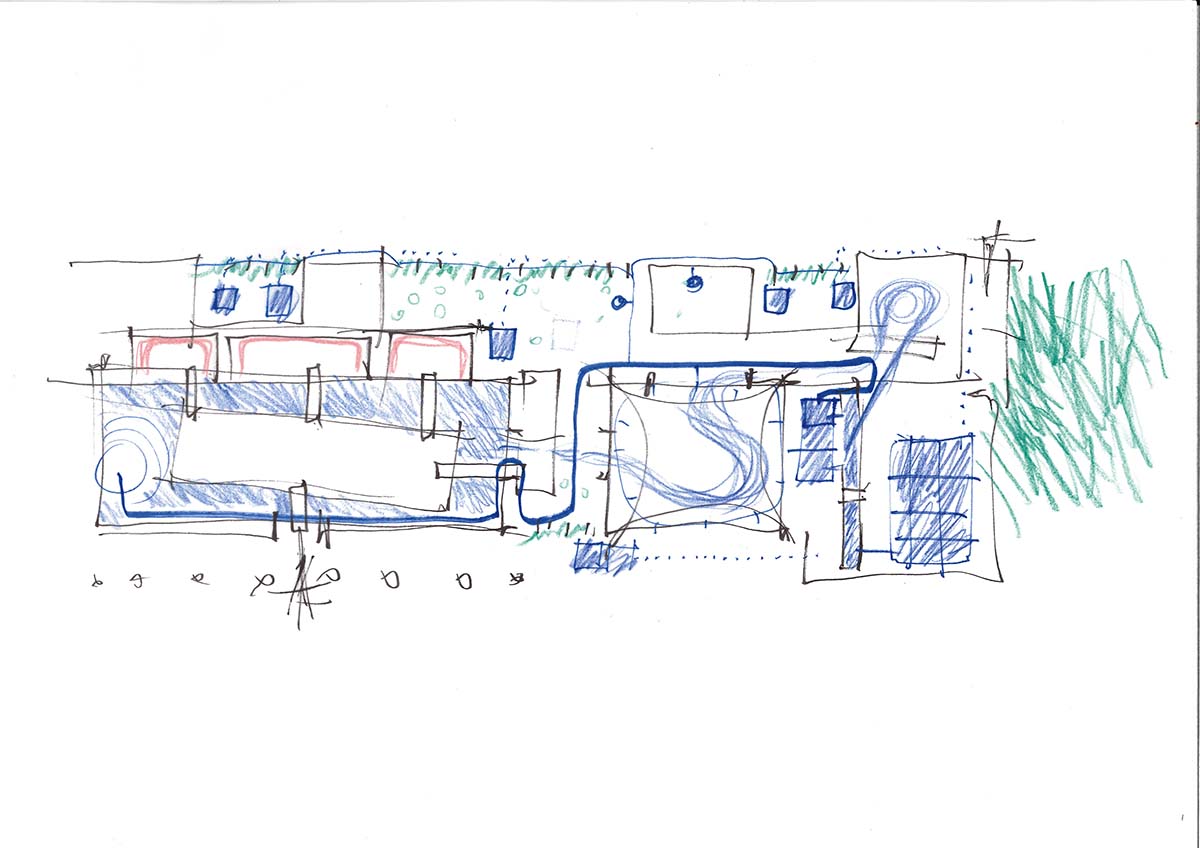
Image © Lundgaard & Tranberg Architects
The exhibition at the Danish Pavilion is accompanied by the English-language anthology, Connectedness – an Incomplete Encyclopedia of the Anthropocene, edited by Marianne Krogh and published by Strandberg Publishing.
Danish Architecture Center has been appointed by the Ministry of Culture Denmark as commissioner of the official Danish exhibition at the 17th International Architecture Exhibition – La Biennale di Venezia.
The 17th International Architecture Exhibition in Venice will open to the public on 22 May 2021. The exhibition will be on view till 21 November 2021.
This year’s architecture biennale is themed as "How will we live together?" by the curator Hashim Sarkis, the theme explores a widening context that helps architects to "imagine spaces in which we can generously live together".
All images © Hampus Berndtson unless otherwise stated.
> via Danish Architecture Center
